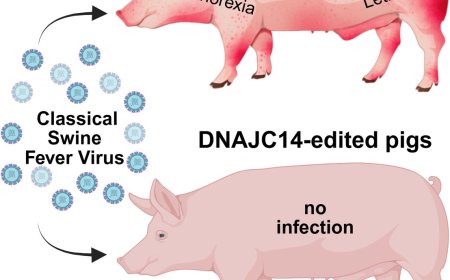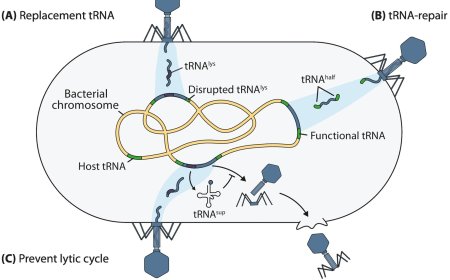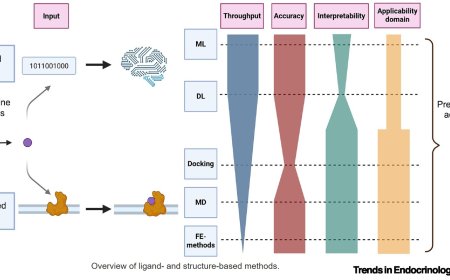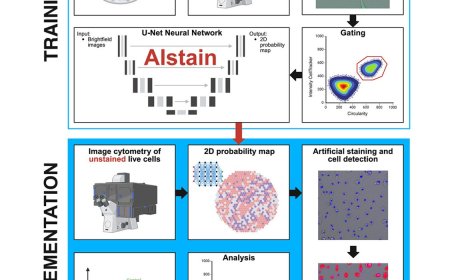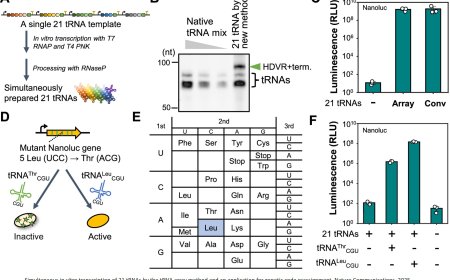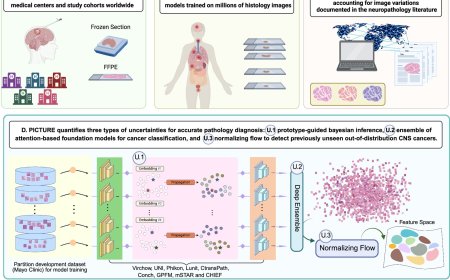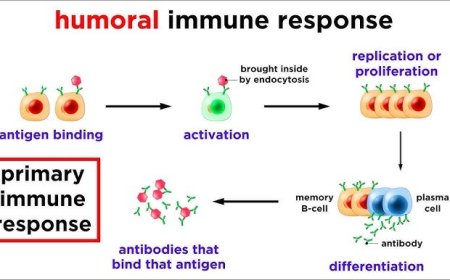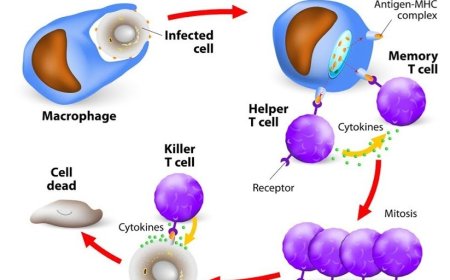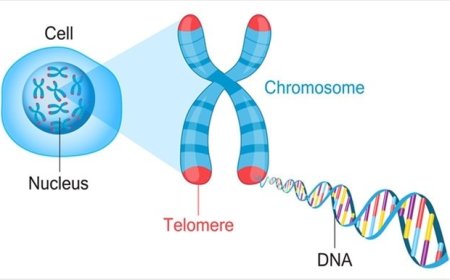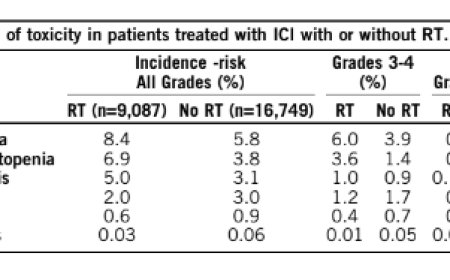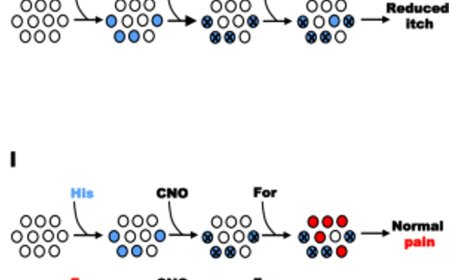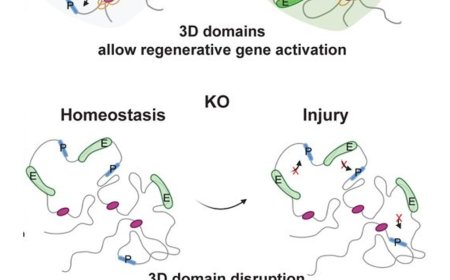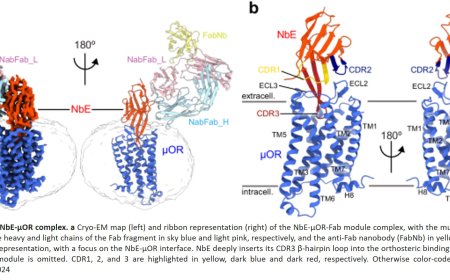How mosquito-borne viruses breach the brain’s defenses
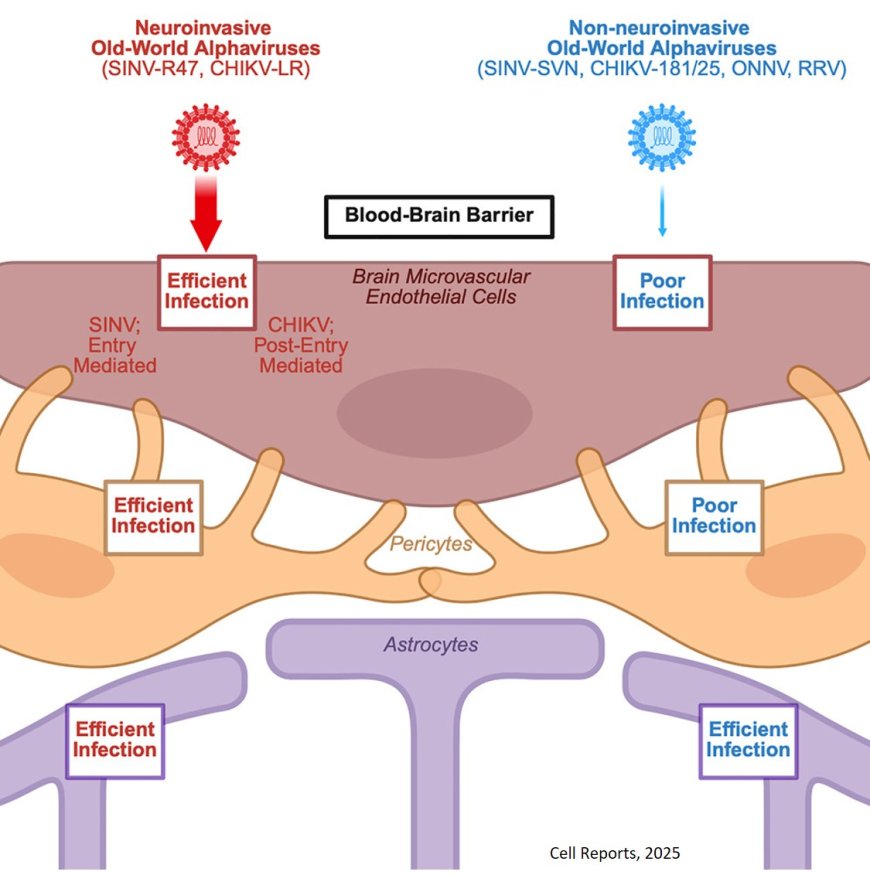
Mosquito-borne viruses can cause more than fevers and joint pain. In severe cases, they invade the brain, leading to seizures, encephalitis, lasting memory loss and sometimes death. But thanks to a new study, researchers have uncovered how some of these viruses breach the brain’s defenses — and point toward ways of keeping them out.
The research, published in Cell Reports, focuses on Sindbis virus, a relatively mild pathogen that scientists use as a safe stand-in for more dangerous mosquito-borne viruses such as chikungunya.
Using a stem cell-based model of the human blood-brain barrier, the team compared two closely related Sindbis strains — one brain-invading and one not — and found that small changes in viral surface proteins called glycoproteins dictate whether the virus can cross.
The team discovered that the invasive strain grips just one or two specific proteins on blood-brain barrier cells, turning those proteins into doorways that let the virus inside. By contrast, the non-invasive strain spreads its efforts across many receptors and is far less successful.
“What surprised us most was that the invasive strain narrows its focus,” said the first author of the study. “It doesn’t try every option — it specializes, and that makes it much more effective.”
To test whether this pattern holds true more broadly, the researchers turned to chikungunya, which has fueled major outbreaks worldwide. They found that a disease-causing strain of chikungunya was much better at infecting blood-brain barrier cells than a weaker strain that does not cause severe illness.
Together, the results suggest that the ability to infect blood-brain barrier cells is a common feature of alphaviruses that reach the brain, even if different viruses use different strategies to do so. By pinpointing the viral glycoproteins and their host protein partners, the study highlights promising molecular targets for future vaccines and antiviral drugs.
“Identifying this handshake between viral proteins and the brain’s blood vessels gives us a clear target,” said the senior author. “If we can block that interaction, we may be able to stop the infection before it reaches the brain.”
While Sindbis itself is not a major human threat, related alphaviruses that can invade the brain and cause severe disease are already present in the U.S. Eastern equine encephalitis virus, found on the East Coast. It has prompted health alerts because infections that reach the brain are often fatal.
Chikungunya — now found in more than 100 countries — has also caused outbreaks with severe neurological complications. Climate change and global travel are expanding the range of mosquitoes that carry these viruses, raising the risk of transmission in new regions.
“These viruses are already here, and climate change is only increasing the risk,” the author said. “By learning how they breach the brain’s defenses, we can identify their weak points — and that’s the first step toward protecting people from the most devastating outcomes.”
Looking ahead, the researchers plan to investigate additional alphaviruses and to drill down on the exact atomic-level interactions between viral glycoproteins and host receptors. Such insights could guide the development of therapies that prevent the virus from entering the brain or inform the engineering of weakened viral strains for use as vaccines.
“This is really just the beginning,” the senior author said. “By improving our models and expanding our studies, we hope to stay ahead of these emerging pathogens.”
https://www.cell.com/cell-reports/fulltext/S2211-1247(25)01076-9
https://sciencemission.com/alphaviruses-use-distinct-mechanisms-to-infect-brain

